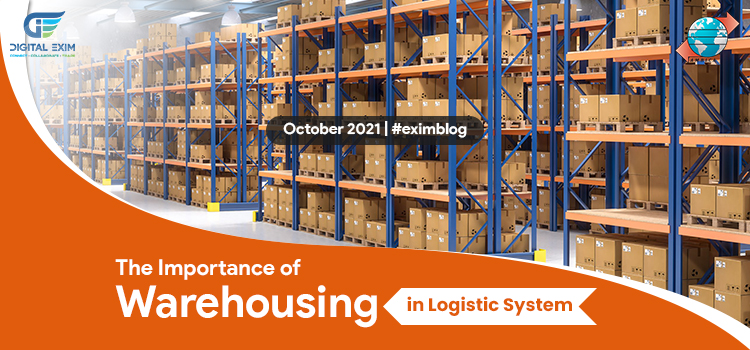Outbound logistics refers to the processes of collecting, storing, and distributing goods to customers. A customer sales order begins the outbound logistics process, followed by warehouse packing to finish with product delivery. Export-import course online will help you to understand logistics and its process. The process of moving and storing products after they have left the production line, for the final customer. Planning and implementing the transport of goods from a manufacturing facility to a business buyer or consumer is outbound logistics. A business should choose the right distribution channels, maintain a logical inventory stocking system, and optimize delivery options for outbound logistics to run smoothly. In the case of outbound shipping, Focal Distribution helps select a carrier and arrange for pick-up of materials that are being delivered off-campus by a basic transporter. In addition, outbound logistics systems help to redirect potential errors and provide the option to navigate back so that errors may be fixed.
How does it work:
During the outbound logistics process, a company goes through multiple stages. Initially, the sales department receives a purchase order from a customer and checks inventory availability to make sure they can fulfill that order. Next, the sales department sends the customer’s order to the warehouse, where it will be picked and packed. The order will be shipped and the warehouse clerk will update the inventory levels. The business will bill the customer and eventually retrieve cash payment. Efficient outbound logistics management reduces delivery expenses and increases the productivity of an organization’s customer relationship management process. Did you enjoy our article about Outbound Logistics? The information provided above is part of our Online Export Import Training course.
For More Knowledge Read Our Article On-
How Does Packing Credit Work In The Export Business? Different Export Finance That Helps In Business GrowthWhat is Drop Shipping And Why Is It Important? An explanation of the House Bill of Lading A Quick Guide to Different Payment Methods in International BusinessA comparison of BAF and CAF Do Airway Bills Serve As Documents Of Title? Difference Between High Sea Sale and ImportsWhat does a Line Number in IGM mean? What is IHC- Inland Haulage Charges? FIRC In Export And Import Business Documentation of High Sea Sales What is Triangular Shipment? What Is E-Commerce Under GST? What Is the Port Of Discharge And Place Of DeliveryDifferent Types of Export Containers What is FCL in Export Import? Steps to Become Successful in Trade for Start-ups What is a Mother Vessel and Feeder Vessel What is co-loading? What is ICD?
What is SWOT Analysis and Why it is Important for Business?
Role of Indian Embassy in Export ImportWhat is Registration Cum Membership Certificate? What is DGFT and Its Role? What is a Bill of Exchange? What is a Letter of Credit?
What is High Sea Sales? What Does DGFT Grant to Indian Importers & Exporters?
Watch Our YouTube Videos On-
https://www.youtube.com/watch?v=d1BnIZqbTowhttps://www.youtube.com/watch?v=ZdkoaoYszxIhttps://www.youtube.com/watch?v=47K1YcfBmFMhttps://www.youtube.com/watch?v=iZEYAkiUZwk
















